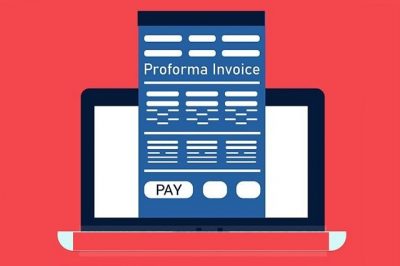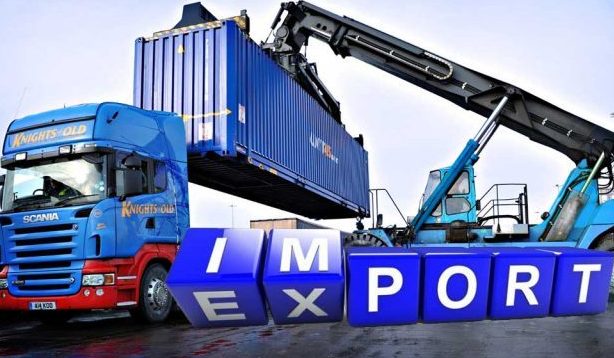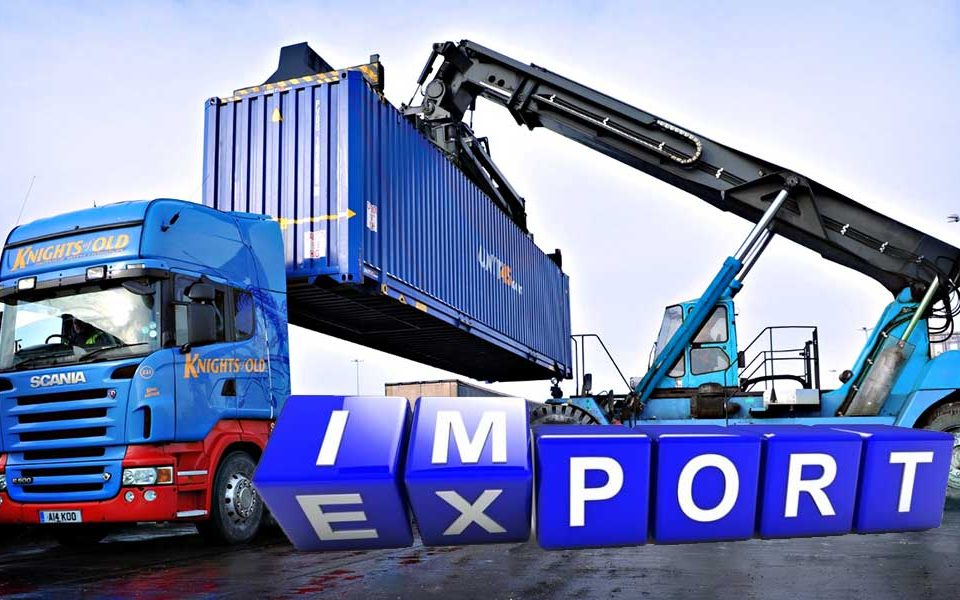
Start a business procedure
2 January 2022
Important and practical business terms (Types of inspection certificates)
9 January 2022Important and practical business terms:
Each of these terms and vocabularies is a drop in the ocean of Incoterms and business documents, and their existence is essential to start an international or domestic business. Their proper use depends on years of study and research. Here, just to get acquainted with some important and practical terms, we want to explain eight of them that are applied in most countries:
1. Clearance Documents:
A clearance document is a document in which, the owner of the goods has paid all fees, taxes and expenses and can take his goods out of the customs company in various forms, including machine bill, printed bill and even stamp. the explanation can be on the warehouse receipt.
The clearance document must have been prepared before the international export and import of the goods. If the consignments and goods reach the shipping companies and show the forms that show the taxes and fees paid, the shipping companies will issue documents indicating that all the necessary taxes and fees have been paid. To make the goods reach their destination. Clearance documents for international shipping are different for each country and each country determines it according to its own trade policies.
Clearance documents are considered important business documents because they allow the relevant authorities to calculate the relevant customs and taxes on goods.
2. Pro forma Invoice:
Like the purchase form, the pro forma invoice is a document that contains information about the product sold. This information includes the terms and conditions agreed upon by the parties, either through electronic means such as email, fax, telephone or inface to face meetings. The purchase form is issued before the completion of the purchase process.
In general, pre-invoices have the same formats in which only their information may change. Such as the unit and final price of the goods, validity period, quality specifications, packaging of the goods and sometimes the costs of rent, insurance and obligations of each party to the goods.
Each Pro forma Invoice has the following:
• Manufacturing Country
• The procedure and conditions of payment
• Obligations of both parties to the contract (Incoterms)
• Net and gross weight of goods
• Product specifications
• Brand of goods
• And.....
3. Commercial Invoice:
Commercial Invoice has other names, including business invoice, shopping invoice and business invoice.
Invoice, is a document containing data on the goods or goods sold that the seller issues in the name of the buyer for international trade. This document is an important commercial document that determines the amount of taxes and customs based on written data. This document is prepared by the seller or exporter of goods for the buyer or importer.
Despite the bill of lading, the invoice does not indicate ownership of the goods, but the issuance of this document is required for clearance documents to calculate costs and taxes.
Invoice data includes price, value and number of goods; It must also include the terms of the sale and the ways of transportation agreed upon by the buyer and seller.
There are many examples of invoices, but not all of them have the same format, so the invoice form must be adjusted and personalized according to the agreed conditions. But all these examples and templates of this form must have these three sections:
1. Information about the transfer of goods
2. Information about the conditions of exporter and importer
3. Information on how to transport the goods
4. The certificate of origin:
The certificate of origin is an important international document, which indicates the place where the good or product was produced. This certificate contains data such as product information, destination and country of export. Certificate of Origin (COO) is required for many international trade agreements and it is because of this document that we can realize whether the goods we are looking for, can be legally exported and whether the goods in question are subject to taxes and customs or not.
The certificate of origin is different from other similar documents such as invoices and packing lists. This certificate does not have the same standard form in international trade, but the forms prepared by an exporter must have the type of goods, customs code, name of exporter and importer and country of origin.
In the next step, the exporter registers the Certificate of Origin (COO) in the Chamber of Commerce and sends it with the goods.
There are types of certificates of origin:
1. preferential:
In this type of certificate of origin, the relevant goods are not subject to customs or, if they do, a lower percentage of tax should be paid.
2. Non-preferential:
However, in this model, we do not consider such a privilege for the relevant goods and commodities, and the set taxes and customs should be paid according to the cargo, the country and other criteria.
written by the Legal Institute of tamadon kohan rey



